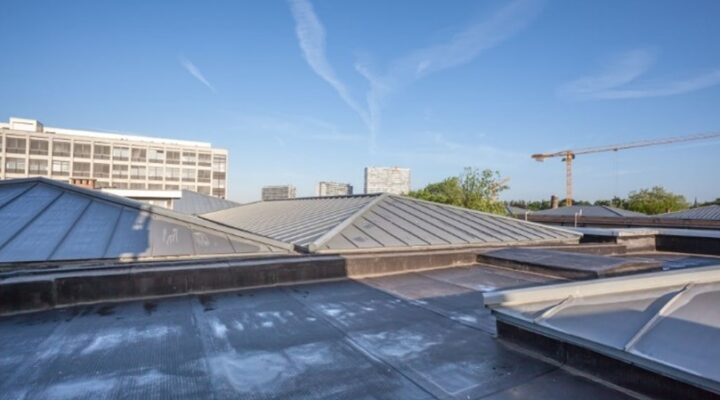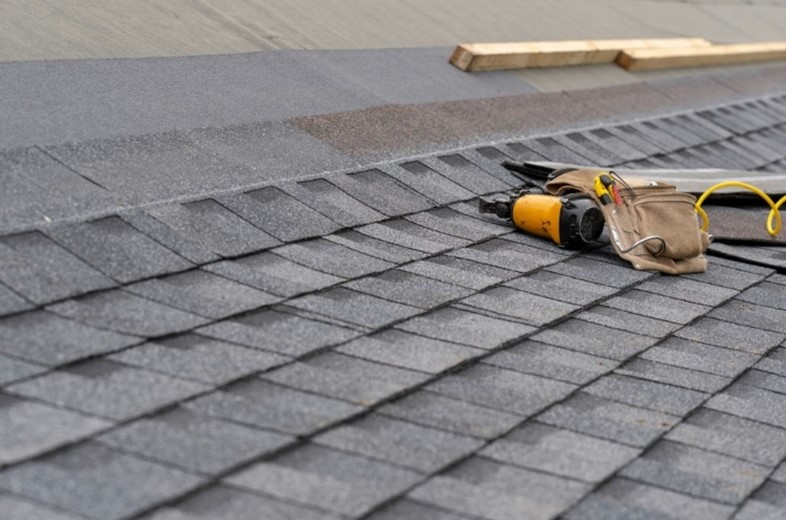
Roofing is an essential part of any building. It is what shields the building from weather elements like rain, snow as well as debris and things of that sort. For contractors who work on fixing roofs, it is much more than just putting one over a building. There are different systems and methods for doing this. The way a commercial one is installed is different from how a residential one is. The focus of this article will be on commercial roofing rather than on roofing in general.
The issues that concern commercial buildings and the solutions involved are much different from that of residential properties although a lot of people do not realize this. That is why you need experts who understand this to fix your roof. The issues concerning commercial buildings and the solutions involved are much different from that of residential properties, although many people need to realize this. That is why you need experts who understand this to fix your roof, and you can rely on the professionals at https://texasselectconstruction.com/commercial-roofing/ to get the job done right.
What is Commercial Roofing?
This refersmainly to materials that are used forthe roofing of commercial structures. They are usually materials that are durable, lightweight, versatile, weather proof and most times require very low or no maintenance at all.
An advantage of most these kinds of materials is that they reduce emission therefore they conserve energy.You will usually find materials such as pre-finished steel (copper and zinc) used. They also have a lifespan that can last for up to 30 years if properly maintained.
Types of Commercial Roofing

There are different types of materials used for this kind of projects.They include:
Metal
This is one of the most popular because it has a pretty long lifespan. There are also different types of this available such as:
- Aluminum, zinc, and tin
- Copper
- Corrugated galvanized steel
- Coated or stainless steel.
Some of these come with systems like integrated solar or integrated snow removals and they have very attractive, finished looks. They are fire-resistant and are much stronger than most other options. The major downside to them is that metal is susceptible to corrosion but to prevent this, protective surface layers are added. This helps manage its exposure to moisture, pollution, and other environmental factors.
Green Roofs
These types can last between 30 to 50 years as they consist of a tough waterproof membrane that is covered in green plants. This makes them sustainable and enables them to improve air quality wherever they are used. Their advantages include offering protection from weather elements and the aesthetic they add whereverthey are used. They have advanced water and drainage management system as well as good climate control. The challenge with them is that they are high maintenance, requiring constant monitoring. You can read more about this option here:https://en.wikipedia.org/wiki/Green_roof.
Shingle roofing
This is usually seen in a lot of residential buildings but can also be used in commercial ones. They are easy to install and come in various materials which can be slate, plastic, asphalt, ceramic, and so on. They are also very affordable and versatile. As compared to other types, shingles do not have very long lifespans and they are also prone to moss and mildew.
Built-up Roofing (BUR) membrane
These types are usually made with alternating layers of gravel and tar with the number of layers determiningits durability and cost. They are not expensive and are also quite easy when it comes to repairing them. They are UV-resistant and can be coated so that they reflect heat. Their lifespan is usually around 20 years and if properly taken care of, they can last longer. It can also be laborious locating problem points when there is an issue.
Thermoset EPDM Roof Membrane
Thermoset or Ethylene propylene DieneTerpolymer (EPDM) is roll-based, meaning they come in white and black rolls with a durable, synthetic rubber membrane. They are easy to install, long-lasting, and provide tough resistance to pollution and sunlight. They can also withstand things like acids and alcohol. The disadvantage to this type is that they can easily be punctured if any heavy thing falls on them.They are also not very pretty to the eyes.
Other types include spray-on silicon,thermoplastic PVC and TPO which you can read about in this article https://continuingeducation.bnpmedia.com/courses/johns-manville/understanding-single-ply-roofing-systems/2/.
What to Consider When Choosing a Commercial Roof
When trying to fix a covering for your building, some factors you should consider to choose the right one can include:
- The level of exposure to chemicals and elements like acids and grease
- Its visibility
- The climate of your location which determines how sunny it is as well as the wind and temperature range.
When you are not sure, there are professionals and experts you can talk to. They can advise and make recommendations based on your specific needs or any factors that may affect you.
In Conclusion
To conclude, we will list some benefits you stand to enjoy when you get the correct commercial roofing material.
- They are safe
- They help you easily follow your city building regulations
- They are often durable, long-lasting and can withstand harsh weather.
- It helps you to avoid lawsuits
- You get a warranty
The decision is now yours to make if you want to enjoy these benefits.
Leave a Reply